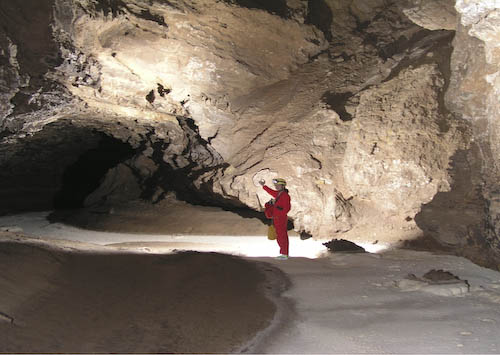 |
| A white fungus is visible on the center bat's nose. It will spread to his companions and kill most, if not all, of the bats living in an abandoned mine in the Wayne National Forest. |
Wildlife officials have confirmed the first Ohio case of white-nose syndrome in bats hibernating in an abandoned mine in the Wayne National Forest in Lawrence County, the Department of Natural Resources announced this morning.
The fatal disease was first found in a New York cave in 2006. It has since spread through 15 states and two Canadian provinces, as scientists scramble to try to understand it.
A fungus, Geomyces destructans, grows into white tufts on a bat's nose then spreads to other bats. The fungus does not kill the bats directly, but seems to cause them to rouse from hibernation too often and too early, which leads to starvation.
Humans can transport the fungal spores on their shoes, clothes and gear from contaminated caves and mines. Officials are asking that people help slow the spread of white-nose by staying out of caves and mines.
The fungus requires cool temperatures and does not affect humans.











